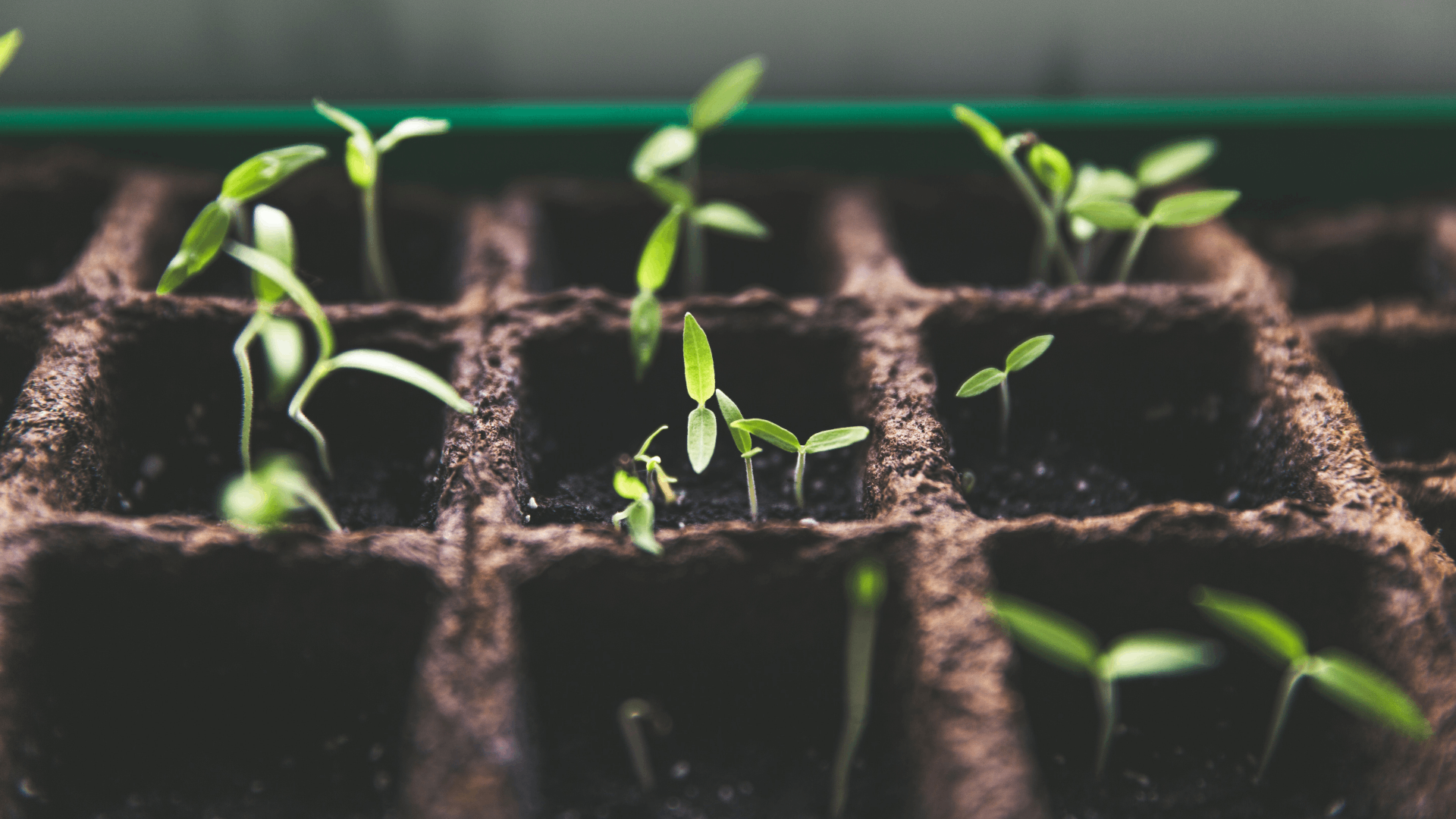
Doing Your Part: How to Protect Endangered Plants
We are reader-supported. When you buy through links on our site, we may earn affiliate commission.
Plant extinction is on the rise and showing no signs of slowing down. With the increase of our human population and technological advances, we have forgotten about the necessary support system all around us – the land. Plants help us breathe and maintain an adequate climate where humanity can thrive. When we neglect to conserve plant life, we contribute to the endangerment of their various species. It is sometimes difficult to identify the ways we influence this endangerment because the effects are secondhand. Here’s how to protect endangered plants.
How Do Plants Become Endangered?
Plants have difficulty growing and reproducing without access to pollination. This is how plants breed and contribute to the growth of their species. As humanity takes over virgin land, putting up cities and suburbs, we interfere with plant species’ abilities to pollinate.
Wind-traveling pollen cannot make it far enough past and through cities to reach the next rural region. This restriction is causing the endangerment and extinction of certain plant species that won’t survive in urban areas.
Additionally, irregular rainfall patterns due to climate change cause challenges for water-moving pollen. When rivers become dry, they cannot carry the necessary pollen from region to region to keep plant species alive. If these rivers overproduce discharge, they can flood nearby plants, causing mortality that way as well.
Global warming is a significant contributor to plant endangerment. Scientists project that by 2050, one-third of plant species will reach extinction. This statistic proves the importance of humanity’s intervention.
How to Protect Endangered Plants
There are various actions we can take to reduce our behaviors contributing to plant extinction.
By financially supporting land conservation organizations and voting for protection, we can maintain an environment where plants can flourish. By reducing our contribution to global warming, we can also limit negative impacts on plant endangerment.
Develop Plant Sanctuaries
Plant sanctuaries help grow endangered plant species, support local pollination, and manage each plant’s safety through installing mason bee hotels and seed mixes for pollinators. You can volunteer your yard or garden as a local plant sanctuary to directly protect endangered species. This is an effective way to utilize your current resources to aid in conservation.
Conserve Protected Land
Protected land is diminishing in the U.S., so it is essential to vote for its preservation when you can. Supporting the Nature Conservancy and their local efforts is another way to support conservation. When we protect these natural lands, we create protected regions for plant species to breed and grow.
By visiting, donating, and volunteering at state parks, you can help preserve plant habitats’ ecology.
Support Indigenous Lands
Indigenous lands have maintained a healthy and influential connection with plant protection for centuries. These lands have higher numbers of successfully protected species than state parks, wild reserves, and other government-regulated conservation regions. Protection of indigenous land is vital to the preservation of endangered plant species.
Indigenous land stewards have a more in-depth understanding of the land and its functions due to their reliance on its resources. Modern society’s physical and social distance from this connection puts them at a land management disadvantage.
Develop Rooftop City Gardens
Creating accessible rooftop gardens in cities is a way to aid in pollen dispersal through urban areas. When properly maintained, these gardens can promote the growth of local endangered plant species. They should be accessible to the necessary insects and resources to encourage longevity and reproduction.
Reducing Global Warming Contribution
Global warming is the most considerable indirect way in which humans affect the endangerment of plants. When we reduce our environmental impact and aid in the healing of our climate, we can help protect endangered plant habitats. There are various ways that one can reduce their adverse effects on global warming.
Reduce Meat Intake
The overproduction of cows is detrimental to our planet’s health. Cows and other land-grazing animals release methane gas into the atmosphere. This gas traps heat in the atmosphere and causes temperatures to rise. By reducing your meat intake, and especially red meat, you can limit your financial support of excessive methane production.
Use Alternate Transportation
Some 93% of American households have at least one car. We rely heavily on cars over other forms of transportation. These vehicles burn large amounts of fossil fuels, creating black carbon, a greenhouse gas that restricts the atmosphere’s heat energy release.
You can reduce your contribution to fossil fuel consumption and conserve endangered plants’ habitats by using greener forms of transportation. Riding your bike and taking the bus are ways in which you can limit your engagement with global warming aids.
Buy Secondhand Items
To reduce your support of environmentally-degrading manufacturers, like fast-fashion factories, you can buy used goods. Shopping at local thrift stores limits your financial support of negatively impactful industries and saves the gas it takes to ship items. You can also utilize online swap groups to give your items a second home as well.
When It Comes to Protecting Endangered Plants, Ignorance Is Not Bliss
Now you know how to protect endangered plants. By supporting the conservation of the environment and virgin lands, you can help protect endangered species. Education and awareness are the first steps to ensuring a real impact. Staying up-to-date on scientific findings and conservation techniques can also help you maintain efficient protection of endangered plants.
Share on
Like what you read? Join other Environment.co readers!
Get the latest updates on our planet by subscribing to the Environment.co newsletter!
About the author

Jane Marsh
Starting from an early age, Jane Marsh loved all animals and became a budding environmentalist. Now, Jane works as the Editor-in-Chief of Environment.co where she covers topics related to climate policy, renewable energy, the food industry, and more.





